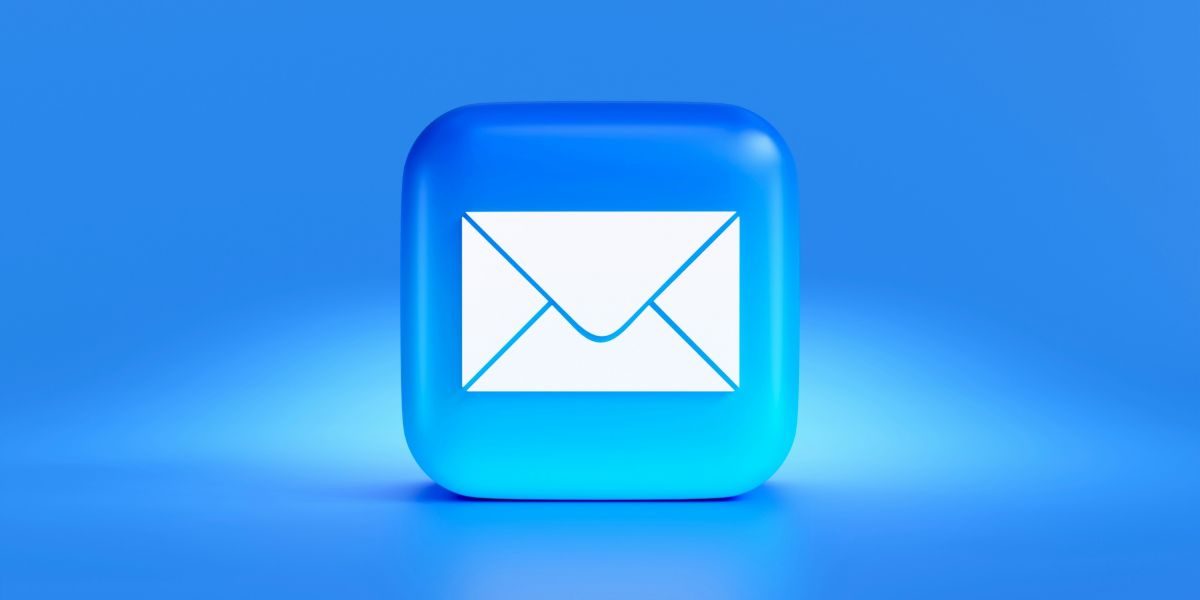Email remains one of the most common forms of communication in today’s hyperconnected world—particularly in business. Whether you are communicating with customers, following up on leads, or coordinating with your team, email plays a key role in how information is exchanged.
However, despite its importance, email communication often faces obstacles that can compromise its effectiveness. From overcrowded inboxes and missed messages to more technical issues such as spam traps and low deliverability rates, email outreach is not always as straightforward as hitting “send.”
The good news is that businesses can now access a variety of tools and strategies designed to simplify email correspondence.
Email Outreach’s Common Challenges
Before exploring potential solutions, it’s important to understand the common challenges businesses face when using email as a communication tool.
Filters and Traps for Spamming: One of the most frustrating issues is when legitimate emails end up in the spam folder—or, in some cases, are completely blocked. This often happens because the sender fails to authenticate their domain properly or encounters spam traps.
Low Engagement Rates: If your emails are poorly targeted or lack personalization, open and click-through rates may be disappointingly low.
For businesses managing large, segmented email lists, routing those emails to the appropriate teams or systems can become complex and prone to error.
Lack of Insight: Without the right analytics, it’s hard to gauge what’s working and what isn’t, which leads to repeated mistakes and missed opportunities.
Legal compliance, such as adhering to GDPR or CAN-SPAM regulations, and configuring technical settings like SPF, DKIM, and DMARC records can feel overwhelming. However, they are crucial for successful email delivery.
Obstacles: Deliverability and Spam Traps
Spam traps can be particularly tricky. These are email addresses set up by anti-spam organizations or email providers to catch senders who don’t follow proper list-building practices.
Hitting one of these traps can damage your reputation as a sender. It can have consequences not only for the email campaign you’re sending but also for future campaigns, lowering your chances of successful delivery. For any business engaged in email marketing or outreach, detecting and addressing spam trap emails is a critical task.
Simplifying with Email Routing Management Tools
One of the most effective ways to streamline email correspondence is by using email routing management tools. These tools provide centralized control over email distribution, sending, and receipt within a company or system.
They simplify communication in several ways:
- Enhanced Deliverability: Email routing management tools help ensure that outgoing emails align with SPF, DKIM, and DMARC settings. This helps to avoid blacklisting and maintain a positive sender reputation.
- Automatic Routing Rules: These tools allow businesses to create rules for handling different types of emails. For example, customer inquiries can be automatically directed to the support team, while sales-related emails go to the sales department. This results in faster response times and improved customer satisfaction.
- Load Distribution: Email routing tools can help evenly distribute high email volumes across multiple servers. This reduces the risk of exceeding sending limits and improves speed.
- Real-time Monitoring: These systems provide real-time monitoring, helping businesses identify problems like bounced emails, authentication failures, or delivery delays before they escalate.
- Analytics and Reporting: Many email routing systems offer dashboards and reports that show delivery rates, bounce statistics, and other important metrics. This data supports more informed, data-driven decisions.
The Importance of Detecting Spam Trap Emails
As mentioned earlier, spam traps can have a significant impact on your email system. Detecting spam trap emails is a crucial step for maintaining good email hygiene.
Here’s why this matters:
- Protecting Your Sender Reputation: Once your emails hit a spam trap, mailbox providers might throttle or block your future emails. By detecting and removing these addresses from your list, you can protect your reputation and ensure better deliverability for future campaigns.
- Improving Deliverability: Fewer spam traps lead to better email deliverability, which means higher engagement rates and improved results for your campaigns.
- Verifying Your Email List: Using email list validation tools can help identify invalid addresses, including spam traps, role-based addresses, and other addresses likely to cause bounces.
- Boosting Engagement: A cleaner list means that you are reaching out only to those who actually want to hear from you. This typically results in higher open and click-through rates, as well as greater overall engagement.
- Ensuring Compliance: Many privacy regulations require companies to maintain accurate, up-to-date contact databases. Regularly checking for spam traps helps ensure compliance with these rules.
While not a perfect solution, identifying and addressing spam trap emails is a critical part of optimizing your email outreach efforts. When combined with other strategies and smart tools, it can greatly enhance the return on investment for your email campaigns.
Guidelines for Improved Email Correspondence
To maximize the effectiveness of your email outreach, consider these helpful tips:
- Segment Your Audience: Not every email should go to every person. Tailor your messages based on demographic and behavioral information.
- Personalize Your Content: Simple touches like mentioning past interactions or using the recipient’s name can significantly improve engagement.
- Clarify Next Steps: Make it easy for your recipients to understand what action they should take, whether it’s reading more, booking a call, or making a purchase.
- Test Different Approaches: A/B testing can help you evaluate subject lines, content, and sending times. Adjust your strategy based on the results.
- Track and Adjust: Regularly review your performance. High bounce rates or unsubscribes can signal problems with your messaging or email list.
Summary
While email communication remains a vital tool for businesses, it’s not without its challenges. From deliverability issues and spam traps to inefficient routing and poor engagement, there are many obstacles to overcome.
However, businesses can streamline their email processes, protect their sender reputation, and improve their outreach success by using email routing management tools and regularly identifying spam trap emails.
These technologies not only simplify email management but also enhance compliance, effectiveness, and the likelihood of achieving real business results.
Effective email correspondence is about delivering the right message to the right people at the right time—not just creating good content. With the right tools and a thoughtful approach, you can turn email outreach from a cumbersome task into a valuable business asset.
Disclaimer: The content in this article is intended for general informational purposes only. It discusses strategies, tools, and techniques that may help improve email correspondence and deliverability. While these methods may be effective for many businesses, individual results may vary. We recommend that businesses consult with email marketing professionals or experts to tailor solutions to their specific needs. The article does not guarantee specific outcomes and is not a substitute for professional advice.

















